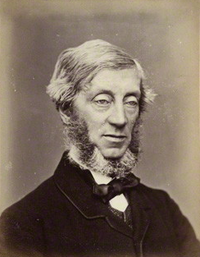This article needs additional citations for verification .(June 2009) |
- ↑ Blain, Rev. Michael (2007). The Canterbury Association (1848-1852): A Study of Its Members' Connections (PDF). Christchurch: Project Canterbury. pp. 25–27. Retrieved 21 March 2013.
- ↑ Army List.
- ↑ The great landowners of Great Britain and Ireland
- ↑ Stephens' other works include: Baron Rolle at Bicton House, Duke of Bedford in Tavistock, bust of 2nd Earl Fortescue, West Buckland School, "The Deer Stalker", Northernhay Gardens, Exeter
- ↑ Reported in The Times 9 October 1880
- ↑ , quoting The Times 9 October 1880 and Express & Echo
- ↑ Powderham Castle guidebook, 2011, p.10
- ↑ Pevsner, N. Buildings of England: Devon
- Courtney, W. P.; Matthew, H. C. G. (2006). "Courtenay, William Reginald, eleventh earl of Devon (1807–1888)". Oxford Dictionary of National Biography (online ed.). Oxford University Press. doi:10.1093/ref:odnb/6459.(Subscription or UK public library membership required.)
External links
The Earl of Devon | |
|---|---|
 William Courtenay, 11th Earl of Devon, albumen print, 1870s by John Watkins, National Portrait Gallery, London | |
| Chancellor of the Duchy of Lancaster | |
| In office 10 July 1866 –26 June 1867 |